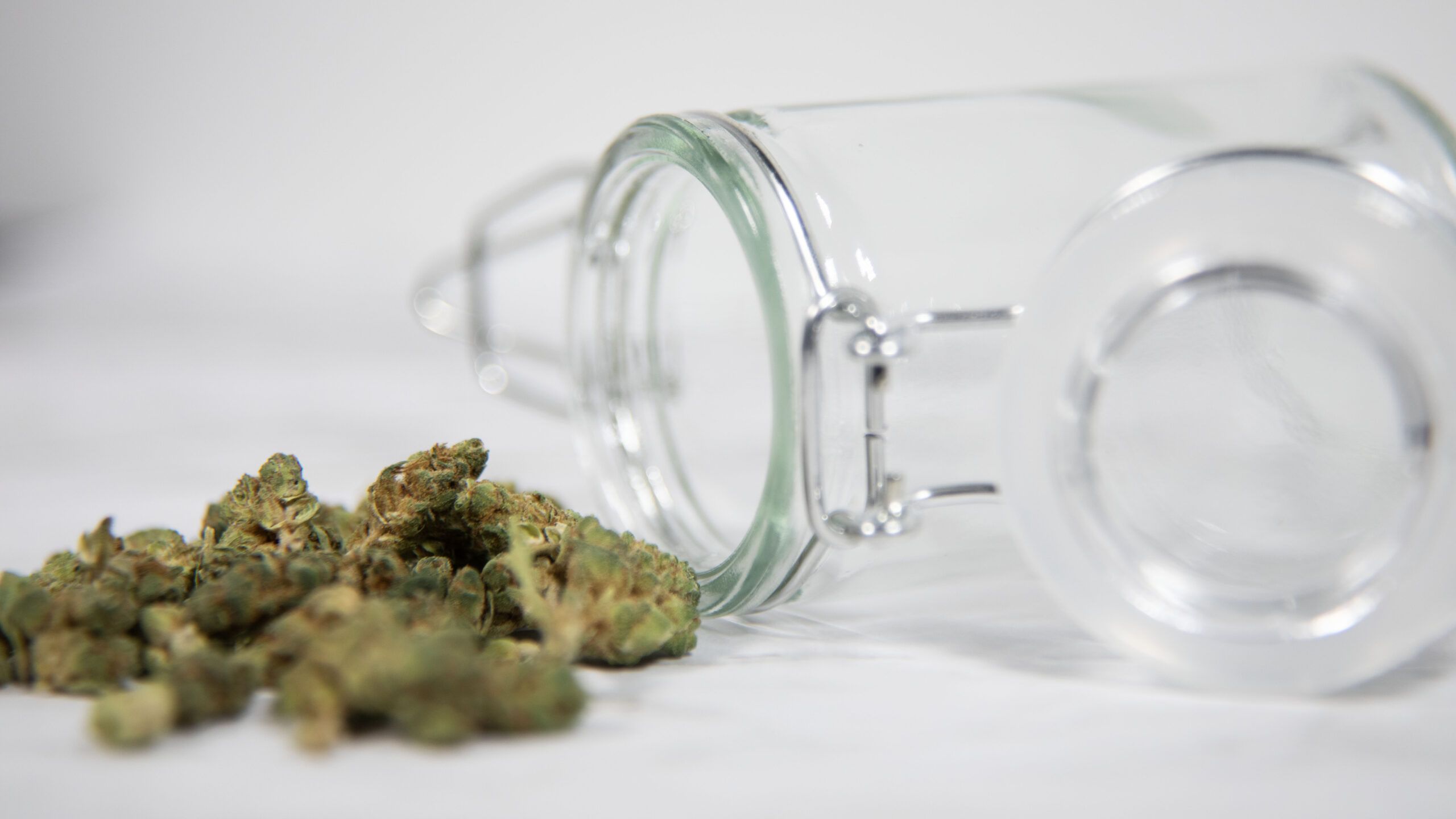When summer rolls in and temperatures climb, cannabis consumers often worry about how to keep their flower, concentrates, edibles, and tinctures safe from heat damage. The following expert tips will help consumers safeguard their stash all season long.
Why heat matters
High temperatures accelerate chemical and physical changes in cannabis. Heat and light promote oxidation, terpene evaporation, and the conversion of THC into less potent compounds like CBN. In one study of dried cannabis stored under accelerated (hotter) conditions, THC levels degraded significantly compared to cooler storage. Researchers warn that prolonged exposure to elevated temperatures speeds up degradation. In practical terms, exposure to around 110 °F (≈43 °C) for 30 minutes or more is often cited as a threshold where significant THC loss begins. Because of that, summer storage demands extra diligence.
Moreover, extreme heat can dry out buds, crack or break trichomes, and diminish aroma and flavor by volatilizing terpenes. Humidity swings also pose mold risk or over-drying if unregulated. Thus, the goal is to maintain a cool, dark, stable, and humidity-controlled environment.
Six Expert Tips for Summer Cannabis Storage
- Choose high-quality, airtight, opaque containers
Use glass jars with airtight lids rather than plastic or bags. Glass is inert, doesn’t harbor static, and won’t leach contaminants. Better yet are amber or UV-blocking tinted jars to reduce light exposure. Avoid using cheap, clear jars that let in light and heat. - Use humidity control packs or buffers
Including RH (relative humidity) packs (e.g. 58 % or 62 %) helps buffer against swings and maintains ideal humidity in the 55–65 % range (often centered near 60–62 %). This prevents over-drying in heat or moisture influx when ambient humidity fluctuates. - Store in the coolest part of the home — avoid heat sources
A closet, drawer, basement, or interior cabinet away from windows, direct sunlight, HVAC vents, appliances, or radiators is ideal. Do not place cannabis on or near electronics or heat-emitting devices where surface temperature may elevate. - Avoid leaving cannabis in vehicles
Cars can heat up rapidly—interior temps can surpass 120 °F (49 °C). Leaving flower, concentrates, or edibles in a parked car is a risky move. Gummies may melt, concentrates may degrade, and the overall potency may drop. If transportation is unavoidable, use insulated containers (like a small cooler or double-walled bottle) and limit duration. - Don’t rely on the refrigerator—use with caution
The fridge seems a tempting cool spot, but fluctuating humidity and condensation risks make it less than ideal. If you do store edibles, oils, or some extracts in a fridge, ensure they’re sealed airtight and allow them to acclimate (i.e. sit closed) before opening to avoid moisture shock. Many experts instead recommend colder storage (around 40 °F / 4 °C) only for longer-term preservation under stable humidity. - Monitor environment with thermometers / hygrometers
A small digital thermometer and hygrometer inside your storage container allow you to keep an eye on temperature and relative humidity. If temperatures climb above ~70 °F (21–24 °C), consider relocating or adding cooling. Many aficionados aim to keep cannabis under 68 °F (≈20 °C) to maximize stability. At elevated heat thresholds, potency losses and terpene volatilization accelerate.
Additional Considerations for Different Product Types
- Concentrates / dabs: These are somewhat less vulnerable to moisture issues, but still susceptible to heat. Store in small, sealed, opaque jars, possibly tucked inside a cooler container if ambient heat is extreme.
- Edibles: Chocolate, gummies, and oils may melt or separate under heat. Many edibles fare better in a cool pantry, cellar, or (if stable) a fridge.
- Tinctures / oils: Carrier oils can oxidize or degrade if warm; store them similarly to flower—in cool, dark containers.
Closing Thoughts
By combining airtight, UV-resistant containers with humidity buffering, thoughtful placement in the home, environment monitoring, and avoiding heat traps like vehicles, cannabis consumers can protect their products from the ravages of summer. Even modest diligence can mitigate degradation, preserve potency and aroma, and maintain a safer, higher-quality stash all season long.






